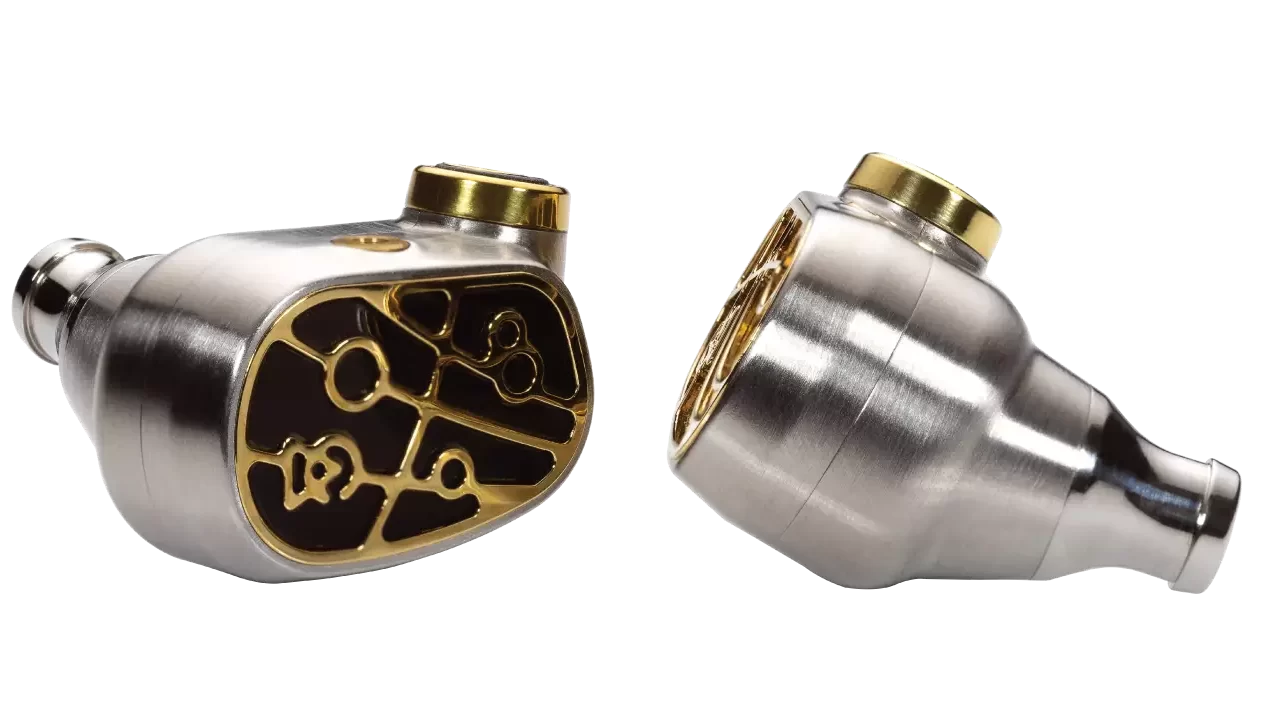Last week I had a good listen to the new Campfire Audio Andromeda ‘Emerald Sea’, and this week I have the pleasure of trying out the new Solaris ‘Stellar Horizon’. The new Solaris comes in at £2669. That’s over £1000 more than the new Andromeda and also over £1000 more than the previous version of Solaris. Campfire Audio has moved into the highest of high-end audio. Is the price justified? Let’s find out.

[jnews_review_shortcode review_show_breakdown=”true”]
Solaris ‘Stellar Horizon’: Improved Ownership Experience
In terms of packaging and presentation, this 2023 version of Solaris has had the same treatment as the Andromeda. Provided in a new box made from lightweight wood that acts as a display unit once opened. The level of detail here is so impressive, with striking artwork and even an elegant hand which is used to hold the earphones when not in use.
As for accessories. You get an impressive bunch of silicone and foam eartips in a range of sizes. My personal favourite is the large foam tips for the Solaris, and the rest of the review will be written using these. Do make sure to try all tips provided so you can find the best comfort and sound quality for you, as eartips play a big role in both. You also get three new ‘Time Stream’ silver plated copper cables in a range of terminations: 2.5mm, 3.5mm and 4.4mm.
Two carry pouches are also provided, one leather and one material. Having two really makes sense here, as you can use one to keep your earphones safe and the other to store your extra cables and any other accessories that you would like to keep secure.
Strikingly Compact
Now for the earphones. The Solaris ‘Stellar Horizon’ has a very similar shape and size to the previous version of Solaris, providing a compact design that sits nicely in my ear. The housings are made using brushed stainless steel which looks great, especially along with the gold and black faceplate which is striking and really stands out.
Brand New Technology
Internally there have been big changes too. Campfire Audio has developed new technologies for the Solaris ‘Stellar Horizon’, with custom dual-diaphragm balanced armature drivers and their new radial venting which surrounds the 10mm dynamic driver. The configuration consists of three custom dual-diaphragm BAs and one 10mm ADLC dynamic driver inside each housing.
Solaris ‘Stellar Horizon’ – How do they sound?
The Solaris ‘Stellar Horizon’ has a sound that I haven’t experienced before. They are the realest sounding IEMs I have heard. If I didn’t know better, I would assume that the audio was coming from a huge acoustically treated chamber filled with musicians all playing just for me. Bass sounds real. No boom or overdoing it. Mids sound real. The tone, texture and timbre match exactly with my experience of listening to drums, guitars and vocals being performed live and in person. This is something I haven’t heard before from any set of IEMs. There’s an edge to each sound that is so pleasing, and the Solaris delivers audio quickly and clearly. Highs extend endlessly and help to create space which provides an impressively wide and deep soundstage. The overall experience seems so effortless that it would be easy to assume that the earphones are doing nothing, and that’s the beauty. It’s like a great actor. The best ones seem as though they aren’t acting at all.
[jnews_review_shortcode review_show_price=”true”]
Interested in all things Campfire Audio? Check out more News and Reviews here!
Read our Campfire Audio Brand Story here!